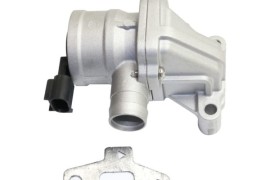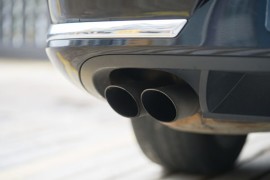{
"lazyNodes": false,
"abFitnotesFlag": false,
"abCrawlReviews": false,
"productOptionsCookie": false,
"orderDelayFlag": false,
"skipSessionCookie": false,
"covidMessage": false,
"fullTitleCookie": false,
"nrLoggerCookie": false,
"checkoutReviewCookie": false,
"productOptionSeqCookie": false,
"maintenanceFlag": false,
"bufferETACookie": false,
"multiShippingDiscountFlag": false,
"newFitmentFlag": false,
"surveyOptInFlag": false,
"crossSellFlag": false,
"skuMappingFlag": false,
"paySplitCookie": false,
"callDisableFlag": false,
"zipPaymentFlag": "u",
"hassleFreeReturn": false,
"lifetimeReplacement": false,
"cpn_off": false
}Need Help? Call Us1-866-529-0412
1987 Ford Ranger
1987 Ford Ranger Air Inject Check Valves
Refine by:
Shop Catalog
Showing 1 - 1 of 1 results
Sort by:
Part Number: SIAV23
Guaranteed to Fit
$33.49
Vehicle Fitment
- 1987 Ford Ranger Custom 4 Cyl 2.0L
- 1987 Ford Ranger S 4 Cyl 2.0L
- 1987 Ford Ranger XLT 4 Cyl 2.0L
- 1987 Ford Ranger STX 4 Cyl 2.0L
Product Details
Notes : 0.75 in. hose sizeWarranty : 3-year or 36,000-mile Standard limited warrantyQuantity Sold : Sold individuallyProp 65 Warning :
![]() WARNING: This product can expose you to chemical which is known to the State of California to cause cancer and birth defects or other reproductive harm. For more information go to www.P65Warnings.ca.gov.
WARNING: This product can expose you to chemical which is known to the State of California to cause cancer and birth defects or other reproductive harm. For more information go to www.P65Warnings.ca.gov.
Page 1 of 1 | Showing 1 - 1 of 1 results
Popular Products
Helpful Automotive Resources
Symptoms of a Bad Air Injection Check ValveCommon symptoms of a bad AIR check valve include:
Illuminated Check Engine Light
Emission Control SystemsThe purpose of the exhaust gas recirculation valve (EGR) valve is to meter a small amount of exhaust gas into the intake system, this dilutes the air/fuel mixture so as to lower the combustion chamber temperature. Excessive combustion chamber temperature creates oxides of nitrogen, which is a major pollutant. While





